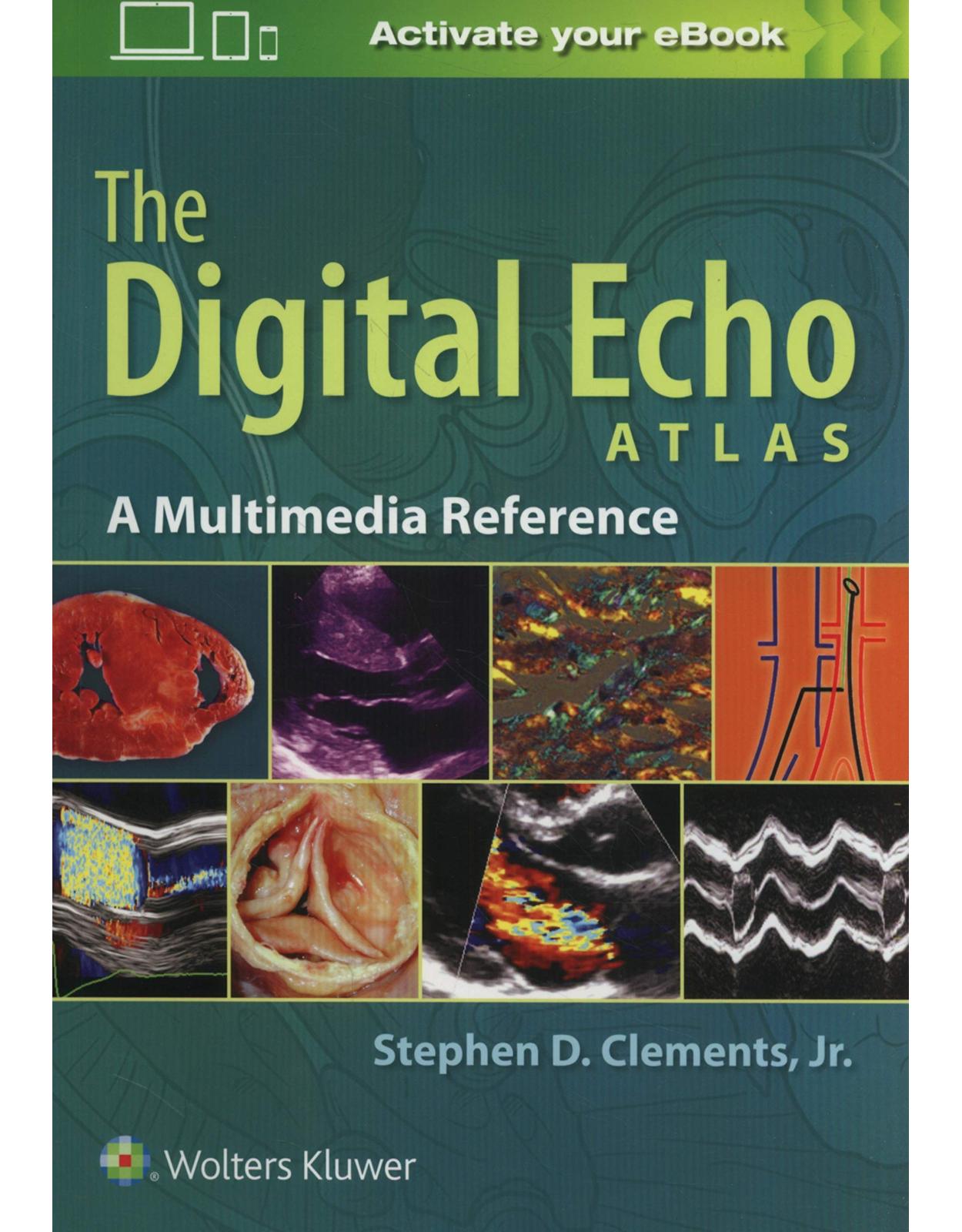
The Digital Echo Atlas: A Multimedia Reference
Produs indisponibil momentan. Pentru comenzi va rugam trimiteti mail la adresa depozit2@prior.ro sau contactati-ne la numarul de telefon 021 210 89 28 Vedeti mai jos alte produse similare disponibile.
Disponibilitate: Acest produs nu este momentan in stoc
Autor: Stephen D. Clements
Editura: LWW
Limba: Engleza
Nr. pagini: 448
Coperta: Hardcover
Dimensiuni: 17.53 x 1.27 x 25.15 cm
An aparitie: 21 Sept. 2018
Description:
The Digital Echo Atlas: A Multimedia Reference is a first-of-its-kind imaging resource made up of extensive and innovative digital content accompanied by a print book that provides a brief overview of topics and cases, with icons that quickly guide you to the digital material. The text, written by Dr. Stephen D. Clements of Emory University, provides expert clinical guidance and offers real-world cases throughout, ensuring that this unique resource package is a go-to learning and reference tool useful for cardiology fellows, practitioners, cardiac sonographers, nurse practitioners, physician assistants, and residents. It can also be used as a mobile teaching tool on rounds or in the classroom. In the companion book, you’ll find highly illustrated, full-color coverage which is enhanced by the digital material available through the eBook bundle. The print volume is both a quick clinical reference and a useful guide to the wealth of digital content, as well as a source of practical information such as transducer maneuvers, ASE guidelines, abbreviations, fundamentals of producing an echocardiogram, and case presentations.
Table of Contents:
Chapter 1 The Left Atrium and the Left Atrial Appendage
Section 1 The Left Atrial Appendage
Introduction
Anatomy of the Left Atrial Appendage
Transthoracic Imaging
Transesophageal Imaging
Normal Pulsed-Wave Doppler Velocities in the Left Atrial Appendage
Pulsed-Wave and Color Doppler
Abnormalities of the Left Atrial Appendage on Transesophageal Echocardiography
Images of the Left Atrial Appendage on TEE
Arrhythmias, Atrial Flutter, and Atrial Fibrillation
Arrhythmias
Arrhythmias on Echo Continued
Left Atrial Appendage and Atrial Fibrillation
Spontaneous Echo Contrast (SEC): “Smoke”
Smoke
Thrombus in the Left Atrial Appendage
Large Thrombus in the Left Atrial Appendage Noted on Transthoracic Echocardiogram
Thrombi in the Left Atrial Appendage and Transesophageal Echocardiogram, Six Different Patients
The Use of Echo Contrast in Assessment of the Left Atrial Appendage
Rheumatic Mitral Stenosis and Thrombus in the Left Atrial Appendage
Rheumatic Mitral Stenosis, Smoke, and Thrombus Filling the Left Atrial Appendage
Rheumatic Mitral Stenosis and Left Atrial Appendage Thrombus in Addition to the Mural Thrombus on TTE and Then TEE
Mitral Valve Repair and Thrombus Extending Into the Left Atrial Appendage
Coronary Embolus From a Thrombus of a Mitral Valve
Suture Closure of the Left Atrial Appendage at the Time of Mitral Valve Surgery
Left Atrial Appendage, Ligated and Visualized on 2-D and 3-D ECHO
Left Atrial Appendage, Partially Ligated
Left Atrial Appendage Thrombus Visualized on a CT Scan With Contrast
Left Atrial Appendage Thrombus on a CT Scan
Malignant Tumor Arising in the Left Atrial Appendage
Left Atrial Appendage Sarcoma, the Primary Tumor and the Microscopic
Pseudoaneurysm of the Left Atrial Appendage
Pseudoaneurysm of the Left Atrial Appendage and Closure With an Amplatzer Device
Thrombus Formation in the Pseudoaneurysm After Deployment of Amplatzer Device
Other Methods of Left Atrial Appendage Occlusion Performed in the Cardiac Catheterization Lab
The LARIAT (TM) Suture Delivery Device, SentreHEART, Redwood City, California
The PLAATO Device
The Watchman LAAC Device
Section 2 The Left Atrium
Introduction
Quantification of the Left Atrium Size
Size and Function of the Left Atrium
Normal Left Atrium
Simpson Method of Disks and Left Atrial Volume Measurements
Abnormalities of the Left Atrium
The Apical Four-Chamber View
Interatrial Septal Aneurysm
Interatrial Septum Aneurysm and LVAD
Cor Triatriatum Sinister
Cor Triatriatum and the Associated Gradient on Continuous-Wave Doppler
Cor Triatriatum From Transesophageal Echocardiogram and the Associated Gradient
Cor Triatriatum on Transesophageal Echocardiogram: The Defect and the Jet
Cor Triatriatum, the Surgical Specimen and the Postoperative Echo
Patient With Cor Triatriatum/Cor Triatriatum and 3-D ECHO
Left Atrial Strain
Left Atrial Myxoma
Large Left Atrial Myxoma on 2-D and 3-D Echocardiography
Large Left Atrial Myxoma on 2-D and 3-D Images
A Large Bilobed Left Atrial Myxoma, the “Clear Zone” and the “Tumor Plop”
Large Bilobed Myxoma and the Associated M-mode Tracings
Large and Long Left Atrial Myxoma With Very Irregular Edges
Broad-Based Small Myxoma on TEE and 3-D TEE
A Small Myxoma With a Satellite Lesion
Calcified Left Atrial Myxoma
Images of Myxoma Removed at Surgery
Myxomas From Four Different Individuals
Microscopic Views of Atrial Myxoma
Coronary Arteriogram in Left Atrial Myxoma
Left Atrial Myxoma on Pulmonary Artery Injection With Following Through to the Left Atrium
Malignant Tumors of the Left Atrium
Leiomyosarcoma Extending into the LA from the Pulmonary Veins
Lung Cancer Invading a Pulmonary Vein and Approaching the Left Atrium
Small Cell Lung Cancer Invading the Left Atrial Wall and the Interatrial Septum
Melanoma Metastatic to the Left Atrial Wall and Interatrial Septum
Metastatic Melanoma to the Left Atrium and Surrounding Tissues
Other Masses Adjacent to the Left Atrium
In the Catheterization Lab
Chapter 2 The Left Ventricle
Section 1 Anatomy of the Left Ventricle
Section 2 Chamber Quantification of the Left Ventricle
The Normal Dimensions of the Left Ventricle
Normal Values for 2D Echocardiographic Parameters of LV Size According to Gender
Left Ventricular Mass
Section 3 Function of the Left Ventricle
The Cardiac Cycle
Section 4 Systole
Echocardiographic Evaluation of Global Left Ventricular Systolic Function
Features of a Normal M-mode and 2D Echo
The Ejection Fraction and the Method of Summation of Disks (the Simpson Rule)
The Three-Dimensional Tomographic Technique for Volume Measurements
The Three-Dimensional Surface Rendering Technique for Obtaining Volumes
The Mitral Regurgitation Jet Profile and Left Ventricular Systolic Function
Strain
Normal Longitudinal Strain From the Apex
Abnormal Strain Imaging From Three Views and Global Strain
Analysis of the Left Ventricle From the Short-Axis Views and Using Speckle-Tracking Echocardiography
The Normal Left Ventricle in Cross-Section: The Starting Point for Deformation Analysis
Rotation of the Left Ventricle in Systole
Circumferential Strain, a Negative Number
Radial Strain, a Positive Number
Rotation, Twist, and Torsion
Two-dimensional Speckle-Tracking Echocardiogram for Radial and Circumferential Measurements
Twist
Section 5 Diastole
Measurement of Parameters of Diastolic Function: The E Wave and the A Wave
Pressure Curves and Mitral Doppler Velocity Curves
The Apical Four-Chamber View at a Glance and Important Points for Sampling Tissue Doppler Velocities
Normal Mitral Doppler Inflow Velocity Pattern in a 17-Year-Old Woman
Tissue Doppler Imaging
Recording the Tissue Doppler Annular Velocity
Left Atrial End Systolic Volume Index (LVESV Index)
Tricuspid Valve Regurgitation Velocity
Assessment and Classification of Diastolic Function
Diastolic Function and Heart Failure With Preserved Ejection Fraction (HFpEF)
Echocardiographic Assessment of Diastolic Function in Individuals With Reduced LVEF and Grading of Diastolic Function
Alternative Algorithm to ASE Guidelines
Mitral Valve Deceleration Time
Diagnosing and Grading of Diastolic Dysfunction Examples
Reversible Restrictive Grade III Diastolic Dysfunction
Irreversible Diastolic Dysfunction Grade IV
Other Parameters That Are Useful for Evaluation of Diastolic Dysfunction
Pulmonary Vein Velocity Pattern
Flow Propagation Into the Left ventricle
Color M-mode Flow Propagation Velocity Using Color M-Mode
Isovolumetric Relaxation Time
Overview of Diastolic Dysfunction Grading
Examples of the Index of Myocardial Performance and the Tei Index
Section 6 The Cardiomyopathies
Dilated Cardiomyopathy
Spontaneous Echo Contrast (SEC) or “Smoke” in the Left Ventricle, a Sign of Low-Flow Velocity
Mitral Inflow Patterns in Dilated Cardiomyopathy Using Echo Contrast
Dilated Cardiomyopathy Quantitation
Color Doppler, Pulse Wave Doppler, Pulsus Alternans, and Mitral Flow Propagation in Severe Dilated Cardiomyopathy
Left Ventricular Noncompaction
Four Different Criteria for Diagnosis of Left Ventricular Noncompaction
Tachycardia-Induced Cardiomyopathy
Pulsus Alternans and Cardiomyopathy
Indicator of Severe Left Ventricular Dysfunction, Echo, Cath Lab, and Bedside Correlations
Pulsus Alternans and Severe Left Ventricular Dysfunction
Total Pulsus Alternans, Ascending Aortic Pressure Tracing, and the Right Ventricular Pressure Tracing
Takotsubo Cardiomyopathy
Clinical Situations
Comparison of Takotsubo Cardiomyopathy With Apical Ballooning and Anterior Myocardial Infarction on Echocardiogram and in the Cardiac Catheterization Laboratory
Summary Points About Takotsubo Cardiomyopathy
Section 7 Restrictive Cardiomyopathy
Cardiac Amyloidosis
Diagnostic Features of Cardiac Amyloidosis: the Electrogram, the Echocardiogram, the Cardiac Biopsy, and Special Stains
Cardiac Amyloidosis and Cardiac Magnetic Resonance Imaging (CMRI)
Cardiac Magnetic Resonance Imaging in Amyloidosis
The Nulling Process
Loeffler Endocarditis: An Unusual Cause of Left Ventricular “Thrombus”
Section 8 Hypertrophic Cardiomyopathy
Overview of Hypertrophic Cardiomyopathy
Hypertrophic Cardiomyopathy Making the Diagnosis
At the Bedside and Palpation of the Carotid Upstroke
Anatomic Variants of Hypertrophic Cardiomyopathy
The Electrocardiogram in Hypertrophic Obstructive Cardiomyopathy
Hypertrophic Cardiomyopathy With Obstruction and the Valsalva Maneuver
Strain Imaging and Hypertrophic Cardiomyopathy in the Previous Individual
The Coronary Arteriogram and the Electrocardiogram in the Previous Patient
Apical Hypertrophy (Yamaguchi Syndrome)
Apical Hypertrophic Cardiomyopathy and Apical Aneurysm
The Electrocardiogram
Treatment of Hypertrophic Cardiomyopathy
Treatment of Hypertrophic Cardiomyopathy With Obstruction (HOCM)
Alcohol Septal Ablation
The “Morrow Procedure”
Surgical Treatment
Before and After the “Morrow Procedure” for Hypertrophic Cardiomyopathy With Obstruction
Gross and Microscopic Views of Hypertrophic Cardiomyopathy With Asymmetric Septal Hypertrophy With Obstruction
Section 9 Left Ventricular Thrombus
Section 10 Left Ventricular Aneurysm
Definitions of True Aneurysm and Pseudoaneurysm of the Left Ventricle
True Ventricular Aneurysm
Ventricular Pseudoaneurysm
Section 11 Mechanical Complications of Myocardial Infarction
The Three Mechanical Complications of Myocardial Infarction
Ventricular Septal Rupture Complicating Acute Myocardial Infarction
Large Interventricular Septal Defect at the Midportion of the Septum
Large Anteroseptal Myocardial Infarction With Thinning Aneurysmal Septum and at Least Two Defects
Anteroseptal Myocardial Infarction and Ruptured Interventricular Septum and a Large Defect
Ruptured Interventricular Septum Treated With an Amplatzer Device
Ruptured Interventricular Septum following Mitral Valve Replacement and Myomectomy
Ruptured Papillary Muscle Partial and Complete
Ruptured Papillary Muscle
Ruptured Papillary Muscle After Mitral Valve Replacement
Ruptured Heart
Ruptured Posterior Left Ventricular Wall
Cardiac Rupture and Resuscitation Attempts
Section 12 Cancer and the Left Ventricle
Cancer and the Heart
The Left Ventricle With Myocardial Metastasis
Section 13 Left Ventricular Assist Devices (LVAD)
Assessment of the Function of Left Ventricular Assist Devices
Images of Functioning Left Ventricular Assist Devices
2D Images Aortic Valve in a Patient With a Left Ventricular Assist Device (LVAD): Aortic Regurgitation and Left Ventricular Assist Device
3D Transthoracic Imaging and Left Ventricular Assist Device
Complications of a Left Ventricular Assist Device: Left Ventricular Thrombus
Chapter 3 The Mitral Valve Apparatus
Section 1 Classification of Mitral Valve Disorders
Classification of Mitral Valve Disorders
Section 2 Degenerative Mitral Valve Disorders
The Carpentier Classification
Barlow Syndrome and the Barlow Valve
Myxomatous Disease of the Mitral Valve, Mitral Valve Prolapse, and Flail Leaflet
Inherited Connective Tissue Disorders Associated With Mitral Valve Leaflet Thickening and Prolapse
Echocardiographic Features of Degenerative Mitral Valve Disease, Barlow Syndrome, and Fibroelastic Deficiency
Primary Mitral Valve Disorders With Myxomatous Degeneration, “Barlow Disease” or “Barlow Valve”
Redundant Thickened Leaflets With Late Systolic Mitral Valve Prolapse
Mitral Valve Prolapse With Moderate Late Systolic Mitral Regurgitation
Mitral Valve Prolapse With Severe Holosystolic Mitral Regurgitation
Myxomatous Examples
Primary Mitral Valve Disorder Due to Fibroelastic Deficiency and Mitral Regurgitation
Fibroelastic Deficiency of the Mitral Leaflets
Ruptured Chords to the P1 Segment of the Posterior Mitral Leaflet
Ruptured Chords to the P2 Segment of the Mitral Valve 2D and 3D Images
Ruptured Chords to the P3 Segment of the Mitral Valve With the Jet Radiating Toward the Left Atrial Appendage
Ruptured Chords to the P2 Segment of the Mitral Valve With 3D and Parametric Imaging
Ruptured Chords to the P3 Segment of the Mitral Valve With Jet Radiating Iinto the Left Atrial Appendage
Mitral Valve Prolapse With a Flail P3 Segment of the Mitral Valve
Fibroelastic Deficiency With Extremely Thin Leaflets and Chords of Variable Size
Evaluation of the Severity of Chronic Mitral Regurgitation by Echocardiography
Grading of Chronic Mitral Regurgitation, the 2017 Guidelines
Proximal Isovelocity Surface Area (PISA)
The PISA Method of Quantitation of Mitral Regurgitation
Calculation of the ERO and the Regurgitant Volume by the PISA Method
Pitfalls in Quantification of Mitral Regurgitation
Semiquantitative Methods
The MitraClip Procedure
The Echocardiogram at Baseline, TTE and TEE
The Diagnostic Catheterization in this Patient With Mitral Regurgitation
Positioning the MitraClip
The “v” Wave in the Catheterization Laboratory Before and After the Clip
P2 Prolapse with Ruptured Chords and Severe Mitral Disease Due to Degenerative Mitral Valve Disease
Target Area, P2 Segment, the Jet Direction, the Positioning of the Device, and “Dropping the Grippers”
Measurement of the Medial and Lateral Gradients of the “Double-Orifice Valve” and Establishment of a Tissue Bridge
Section 3 Functional Mitral Regurgitation
Dilated Cardiomyopathy
Tethered Mitral Valve and Severe Mitral Regurgitation
Echocardiographic Techniques Used in Defining Abnormalities in Functional Mitral Regurgitation
Dimensional Changes in Functional Mitral Regurgitation
Tethering of the Mitral Valve and the Sea Gull Sign
Inferior Myocardial Infarction and Mitral Regurgitation
Hypertrophic Cardiomyopathy
Hypertrophic Obstructive Cardiomyopathy and Mitral Regurgitation
Left Bundle-Branch Block, Dyssynchrony, Mitral Regurgitation, and Cardiac Resynchronization Therapy
Section 4 Mitral Valve Endocarditis
Section 5 Mitral Prosthetic Valves
Complications of Bioprosthetic Valves
Mechanisms of Degeneration of Bioprosthetic Valves
Tissue Valve in the Mitral Position and a Paravalvular Leak
Tissue Valve in the Mitral Position With a Medial Paravalvular Leak
Layered Thrombus on a Mitral Bioprosthetic Valve
Mitral Annular Disruption With Pseudoaneurysm Formation
Stenotic Tissue Valve in the Mitral Position Treated With a “Valve-in-Valve” Procedure
The Valve-in-Valve Procedure in the Cath Lab
Calcific Degeneration of a Tissue Mitral Valve With Stenosis and Regurgitation
Complications of Mechanical Mitral Valves
Two Patients With Mechanical Mitral Valves, One With a Medial Leak and Another With a Lateral Leak
Ball in Cage Valve With Thrombosis and Abnormal Motion
Section 6 Mitral Annular Calcification
Calcifications
Mitral Annular Calcification and Stenosis of the Mitral Orifice
Calcified Mitral Valve Annulus on 3D Echo (Two Examples)
Dense Calcification Extending From the Aortic Annulus Down Upon the Anterior Leaflet of the Mitral Valve
Calcified Mitral Annulus and Mitral Regurgitation
Calculation of the ERO and the Regurgitant Volume by the PISA Method
Calcified Mitral Annulus With Mobile Components and Embolic Potential
Mitral Annular Calcification With Mobile Components
Cyst of the Mitral Valve Annulus: “Blood Cyst”
Section 7 Rheumatic Heart Disease
Section 8 Congenital Mitral Valve Disease
Section 9 Rupture of the Papillary Muscle, Partial and Complete
Chapter 4 The Aortic Valve, Ascending Aorta, Aortic Arch, Descending Thoracic and Abdominal Aortas
Section 1 The Aortic Valve Region
Anatomic and Echocardiographic Features
The Normal Aortic Valve on M-mode Echocardiogram
Section 2 Aortic Stenosis
Clinical Features and Natural History of Aortic Stenosis
Quantitation of Aortic Stenosis
The Concept of Flow Reserve
Low-Flow, Low-Gradient Severe Aortic Stenosis and Preserved Left Ventricular Systolic Function
Severe Aortic Stenosis with Low-Flow, Low-Gradient, Preserved LV Function
ACC/AHA Guidelines for AVR for Aortic Valve Replacement
Section 3 Aortic Regurgitation
Jet of Aortic Regurgitation Identification
The Stethoscope
Austin Flint Murmur
Cardiac Magnetic Resonance Imaging
Assessment of the Degree of Aortic Regurgitation (AR)
Systolic and Diastolic Dimensions of the Left Ventricle in the PLX View
Aortic Regurgitation Standard Views for Color Doppler and Measurements of Doppler Parameters
Calculation of the Effective Regurgitant Orifice Using the PISA Method
Calculation of the Effective Regurgitant Orifice from the PISA Information
Other Calculations in Aortic Regurgitation
Another Method of Calculating the Stroke Volume from Mitral Inflow
Other Doppler Parameters Suggesting the Severity of Aortic Regurgitation
Doppler Parameters of Severe Aortic Regurgitation
Examples of Aortic Regurgitation
Severe Aortic Regurgitation, Quantitation
Patient with Aortic Regurgitation
Estimation of the Severity of Aortic Regurgitation
Aortography in Aortic Regurgitation
Cath Laboratory Pressure Tracings
Effects of Aortic Regurgitation in the Carotid Artery Doppler Recordings
Chronic Aortic Regurgitation
The Timing of Surgery for Chronic Aortic Regurgitation
2014 ACC/AHA Guidelines for Chronic Aortic Regurgitation
Section 4 Congenital Abnormalities of the Aortic Valve
Unicuspid Aortic Valve
Bicuspid Aortic Valve
Aortic Regurgitation and Stenosis and the Doppler Information
The Aortic Arch in the Previous Patient
The Ejection Fraction and the Method of Summation of Disks
The Left Atrium in This Individual with Aortic Regurgitation and Stenosis
Two Years out from Aortic Valve Replacement
Two Years Postoperative 3D Volume Measurements
Bicuspid Aortic Valve
Quadricuspid Aortic Valve
Congenital Quadricuspid Aortic Valve
Section 5 Surgical Choices for Aortic Valve Replacement
Transcatheter Aortic Valve Replacement (TAVR)
View from the Control Room in the Cath Lab during Transcatheter Aortic Valve Replacement
TAVR in the Cardiac Catheterization Laboratory: The Fluoroscopic Images
TAVR from the Control Room: The Hemodynamic Tracings
Prosthetic Valves
Normally Functioning Aortic Bioprosthetic Valve
Another Normally Functioning Prosthetic Aortic Valve
Mechanical Prosthetic Valves
Section 6 Endocarditis of the Aortic Valve
Marantic Endocarditis
Unusual Murmurs Associated with Endocarditis
Unusual Murmur Following Endocarditis of the Aortic Valve
Normal and Infected Bioprosthetic Valves
Valve-Sparing Root Replacement and Ascending Aortic Repair and a Complication
Endocarditis on Prosthetic Aortic Valves
Aortic Valve Ring Abscess with Valve Dehiscence
Section 7 Other Abnormalities of the Aortic Valve
Papillary Fibroelastoma on the Aortic Valve
Pathology Specimen
Papillary Fibroelastoma on the Aortic Valve
Papillary Fibroelastoma on the Mitral Valve
Lambl Excrescences
Microscopic View of a Lambl Excrescence
Section 8 Discrete Membranous Subaortic Stenosis
Section 9 Discrete Membranous Subvalvular Aortic Stenosis
Discrete Membranous Subvalvular Aortic Stenosis and Aortic Regurgitation
Early Closure of the Aortic Valve Leaflets in Discrete Membranous Subaortic Stenosis
Discrete Membranous Subaortic Stenosis: 2D and 3D Images
Discrete Membranous Subaortic Stenosis: Turbulence in the Left Ventricular Outflow Tract
MRI of Two Individuals with Discrete Membranous Subaortic Stenosis
Discrete Membranous Subaortic Stenosis in the Catheterization Laboratory
Ventriculogram in Discrete Subaortic Stenosis
Discrete Membranous Subaortic Stenosis: The Specimen Sent to Pathology
Supravalvular Aortic Stenosis Williams Syndrome
Section 10 Aortic Aneurysms
Aneurysm of the Aortic Root and the Ascending Aorta
Aortogram of Ascending Aortic Aneurysm
Dissecting Aneurysm of the Aorta
Aortic Regurgitation and Mitral Regurgitation at the Same Time
Stanford Type A Dissecting Aneurysm of the Aorta
Patient with Stanford Type A Dissection
Section 11 Atherosclerosis of the Aorta
Atherosclerosis of the Aortic Arch and the Descending Aorta as a Source of Embolus to the Brain or Structures Distal
Section 12 The Aortic Valve and Left Ventricular Assist Device (LVAD)
Aortic Regurgitation and Left Ventricular Assist Device
Chapter 5 The Right Atrium
Section 1 Anatomy of the Right Atrium
Section 2 Function of the Right Atrium
Section 3 The Normal Right Atrium
Section 4 Abnormalities of the Right Atrium
Interatrial Septal Aneurysm
Valves in the Right Atrium
The Thebesian Valve
The Coronary Sinus
Persistent Left Superior Vena Cava
Chiari Network
Central Lines and Dialysis Catheters
Thrombus
Central Lines and Leads Misplaced
Pulmonary Embolus in Transit
Pulmonary Embolus in Transit, Right Ventricular Strain
Pulmonary Embolus in Transit Across a Patent Foramen Ovale and Posing a Threat for Systemic Embolism
Renal Cell Carcinoma
Renal Cell Carcinoma Extending to the Right Atrium
Right Atrial Mass Caused by Metastatic Renal Cell Carcinoma
Glomangiosarcoma of the Kidney Metastatic to the Right Atrium
MRI and Renal Cell Tumors
Right Atrial Myxoma
Right Atrial Myxoma Discovered on a CT Scan
Right Atrial Myxoma
Right Atrial Myxoma in the Catheterization Laboratory
Other Angiographic Demonstrations of Right Atrial Myxoma
Extrinsic Compression of the Right Atrium
Lymphoma Compressing the Right Atrium
Hiatal Hernia Compressing the Right Atrium
Chapter 6 The Tricuspid Valve
Section 1 The Tricuspid Valve at the Bedside, the Echocardiography, and Cardiac Catheterization Labs
Section 2 Anatomy of the Tricuspid Valve
Section 3 The Normal Tricuspid Valve
Section 4 Abnormalities of the Tricuspid Valve
Section 5 Flail Leaflet of the Tricuspid Valve
Section 6 Carcinoid Syndrome
Liver Masses Due to Carcinoid Tumors and Thickened Retracted Tricuspid Valve
Section 7 Tricuspid Regurgitation Associated With an ICD Lead
Tricuspid Regurgitation and ICD Leads
Section 8 The “Cutoff Sign” of Severe Tricuspid Regurgitation
Section 9 Myxomatous Degeneration of the Tricuspid Valve
Section 10 Tricuspid Regurgitation Due to Trauma
Section 11 Tricuspid Valve Endocarditis
Tricuspid Valve and Pacemaker Lead Endocarditis
Section 12 Ebstein Anomaly of the Tricuspid Valve
Ebstein Anomaly of the Tricuspid Valve
Section 13 Ventricular Septal Defects and the Tricuspid Confusing Jets
Ventricular Septal Defect and the Tricuspid Valve
Section 14 Tricuspid Valve Replacement With “Valve in Valve”
“Valve-in-Valve” Procedure for Stenotic Tricuspid Valve Tissue Prosthesis
Chapter 7 The Right Ventricle
Section 1 Anatomy of the Right Ventricle
Linear Measurements of the Normal Right Ventricle
Normal Valves for RV Chamber Size
Standard Views of the Right Ventricle, Inflow and Outflow
Right Ventricular Outflow Tract From Transgastric Views
Section 2 Right Ventricular Systolic Function
Systolic Function of the Right Ventricle
Additional Methods for Assessment of Right Ventricular Systolic Function
Tissue Doppler and Velocity Sampling of the Free Wall of the Right Ventricle
Tissue Doppler Imaging and Right Ventricular Function: The Index of Myocardial Performance
Section 3 Right Ventricular Diastolic Function
Section 4 Right Ventricle and Pulmonary Hypertension
Chronic Obstructive Lung Disease
Sarcoidosis
Idiopathic Pulmonary Hypertension
Right Ventricular Enlargement, Pulmonary Hypertension, “D”-Shaped Interventricular Septum, and the “Flying W”
Section 5 Eisenmenger Physiology
Eisenmenger Syndrome Abnormalities
Section 6 Pulmonary Embolus and the Right Ventricle
Right Ventricle Pulmonary Embolus
Section 7 Right Ventricular Masses
Types of Masses
Section 8 Right Ventricular Myocardial Infarction
Right Ventricular Myocardial Infarction, ECHO, Cath, and EKG
Section 9 Takotsubo Cardiomyopathy and Right Ventricular Involvement
Section 10 Arrhythmogenic Right Ventricular Cardiomyopathy (ARVC)
Chapter 8 The Pericardium
Section 1 Anatomy of the Pericardium
Section 2 Pericardial Effusion
Examples of Pericardial Effusion
Moderate Pericardial Effusion
Large Pericardial Effusion
Mitral and Tricuspid Inflow Velocities in Large Pericardial Effusion and Tamponade
The Hepatic Vein
The Hairy Heart
Large Clot in the Pericardium in a Postoperative Patient
Chronic Pericardial Effusion
Section 3 Constrictive Pericarditis
Examples of Constrictive Pericarditis
Constrictive Pericarditis and Tissue Doppler
Constrictive Pericarditis in the Operating Room
The MRI in Constrictive Pericarditis
Section 4 Pericarditis and Myopericarditis
Examples of Pericarditis and Myopericarditis
Section 5 Pleural Effusions
Examples of Pleural Effusions
Section 6 Adjacent Structures
Imaging
Mediastinal Tumors: Hodgkin Lymphoma
Chest X-ray and CT: Hodgkin Lymphoma
Section 7 Hiatal Hernia
Examples of Hiatal Hernias
Chapter 9 Neoplasms and the Heart
Section 1 Classification of Neoplasms of the Heart
Neoplasms of the Heart
Section 2 Benign Neoplasms of the Heart
Atrial Myxoma
Large Left Atrial Myxoma on 2D and 3D Echocardiography
A Large Bilobed Left Atrial Myxoma, the “Clear Zone” and the “Tumor Plop”
Large Bilobed Myxoma and the Associated M-mode Tracings
Large and Long Left Atrial Myxoma With Very Irregular Edges
Broad-Based Small Myxoma on the Wall of the Interatrial Septum
Small Atrial Myxoma With a Satellite Lesion
Images of Myxoma Removed at Surgery
Examples of Myxomas
Four Different Myxomas
Microscopic Views of Atrial Myxoma
Myxomas on Microscopic View
The Coronary Arteriogram in Left Atrial Myxoma
Left Atrial Myxoma on Pulmonary Artery Injection With Follow-Through to the Left Atrium
Papillary Fibroelastoma
Papillary Fibroelastoma Aortic Valve Pathology Specimen
Papillary Fibroelastoma on the Aortic Valve
Papillary Fibroelastoma on the Mitral Valve
Section 3 Malignant Neoplasms
Histiocytoma and Lung Cancer
Hematogenous Spread of Cancer to the Heart
Renal Cell Carcinoma in the Myocardium and Pericardium
Renal Cell Carcinoma Metastatic to the Left Ventricle and Pericardium Myocardial and Pericardial Metastasis
Transitional Cell Carcinoma of Bladder
Sarcoma
Melanoma
Left Atrial Wall and Interatrial Septum, Hematogenous and Lymphatic Spread
Left Atrium and Surrounding Tissues
Endometrial Stromal Sarcoma
Pericardial Metastasis Beginning to Invade the Myocardium
Renal Cell Carcinoma: Inferior Vena Cava
Examples of Renal Cell Carcinoma Tumors
Renal Cell Carcinoma Extending to the Right Atrium With Microscopic Showing “Clear Cells”
Right Atrial Mass Caused by Inferior Vena Cava Extension of a Renal Nephroblastoma
CMRI and Renal Cell Tumors
Malignant Tumors Extending via Pulmonary Veins Into the Left Atrium
Leiomyosarcoma Extending to the Left Atrium Through Pulmonary Veins
Section 4 Hematologic Malignancies
Examples of Hematologic Malignancies
Section 5 Electrocardiogram and Metastatic Malignancy to the Heart
Examples of Metastatic Malignancy to the Heart
Cancer of the Heart and the Electrocardiogram
Masses That Are Not Tumors
Concerning Echo Images
Chapter 10 Congenital Heart Disease
Section 1 Echocardiography and Congenital Heart Disease
Section 2 Patent Foramen Ovale
Examples of PFO
Small Patent Foramen Ovale
Large Patent Foramen Ovale
Section 3 Atrial Septal Defect
Ostium Secundum Atrial Septal Defect
Complications of Secundum Atrial Septal Defect
Secundum Atrial Septal Defect With Pulmonary Hypertension
Device Closure of Secundum Atrial Septal Defects
Sinus Venosus Atrial Septal Defect
Example of Sinus Venosus Atrial Septal Defect
Ostium Primum Atrial Septal Defect
Example of Ostium Primum Atrial Septal Defect
Atrioventricular Canal Defect
Example of Atrioventricular Canal Defect
Section 4 Ventricular Septal Defect
Perimembranous Ventricular Septal Defect
Shunting to the Right Atrium
Partial Closure by the Tricuspid Septal Leaflet
Supracristal Ventricular Septal Defect
Supracristal VSD and Aortic Regurgitation
Supracristal Ventricular Septal Defect and Ruptured Sinus of Valsalva Aneurysm
Section 5 Tetralogy of Fallot
Examples of Unrepaired Tetralogy of Fallot
Unrepaired Tetralogy of Fallot in the Adult
The Right Ventricular Outflow Tract
Sinus of Valsalva Aneurysm
Expanded into the Right Atrium
Section 6 Patent Ductus Arteriosus
Example of Patent Ductus Arterioles
Eisenmenger Physiology and Right Ventricular Hypertrophy on Electrocardiogram
Section 7 Pulmonary Atresia
Pulmonary Valve Atresia With Ventricular Septal Defect
Section 8 Severe Pulmonary Valve Regurgitation
Example of Severe Pulmonary Valve Regurgitation
Section 9 Ebstein Anomaly
Ebstein Anomaly of the Tricuspid Valve
Section 10 Anomalous Left Coronary Artery Arising From the Pulmonary Artery (ALCAPA)
Section 11 Persistent Left Superior Vena Cava Emptying Into the Coronary Sinus
Chapter 11 Multimodality Imaging and Structural Heart Interventions
Section 1 Echocardiography and Structural Heart Interventions
Section 2 The CMRI and the Echo
The Austin Flint Murmur
Section 3 Specific Structural Heart Procedures
Paravalvular Leaks
Aortic Paravalvular Leaks
Aortic Paravalvular Leak
Aortic Valve Paravalvular Leak
Mitral Paravalvular Leak
Mitral Valve Prosthetic Paravalvular Leak
Transcaval Transaortic Valve Replacement
The Aorta and the Vena Cava
Section 4 Assessment of the Size of the Left Ventricular Outflow Tract
Section 5 CMRI and Quantitation of Mitral Regurgitation
Principles of CMRI and Quantification of Regurgitant Lesions
Imaging
Quantification of Valve Regurgitation
Computerized Tomography and Dimensional Assessment for TAVR
Cross-sectional Area of the Aortic Annulus on CT, Location of Coronary Arteries, and Calcium Score
The Aortic Annulus, the Coronary Arteries, and the Aortic Annulus Measurement
| An aparitie | 21 Sept. 2018 |
| Autor | Stephen D. Clements |
| Dimensiuni | 17.53 x 1.27 x 25.15 cm |
| Editura | LWW |
| Format | Hardcover |
| ISBN | 9781496356307 |
| Limba | Engleza |
| Nr pag | 448 |
| Versiune digitala | DA |

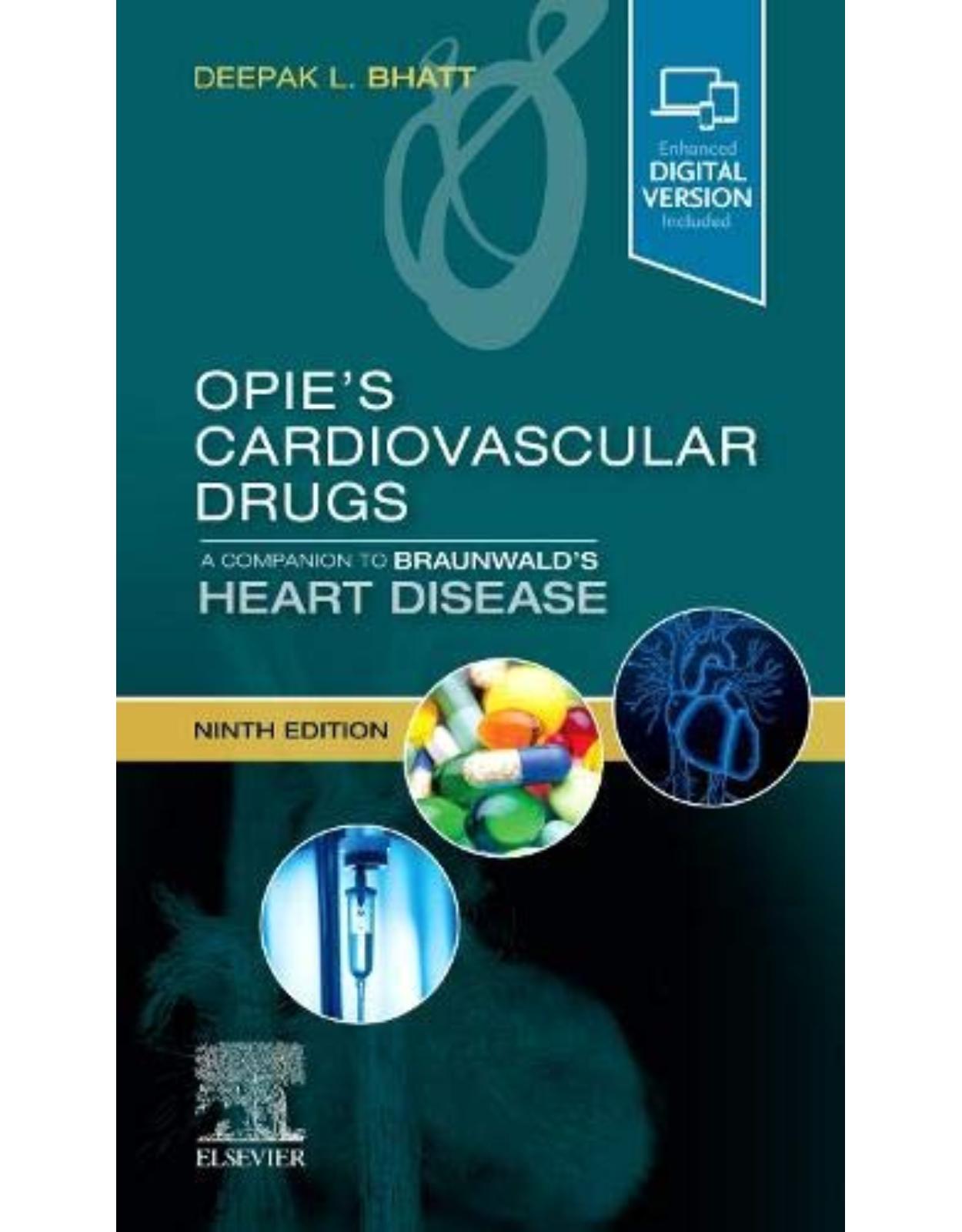
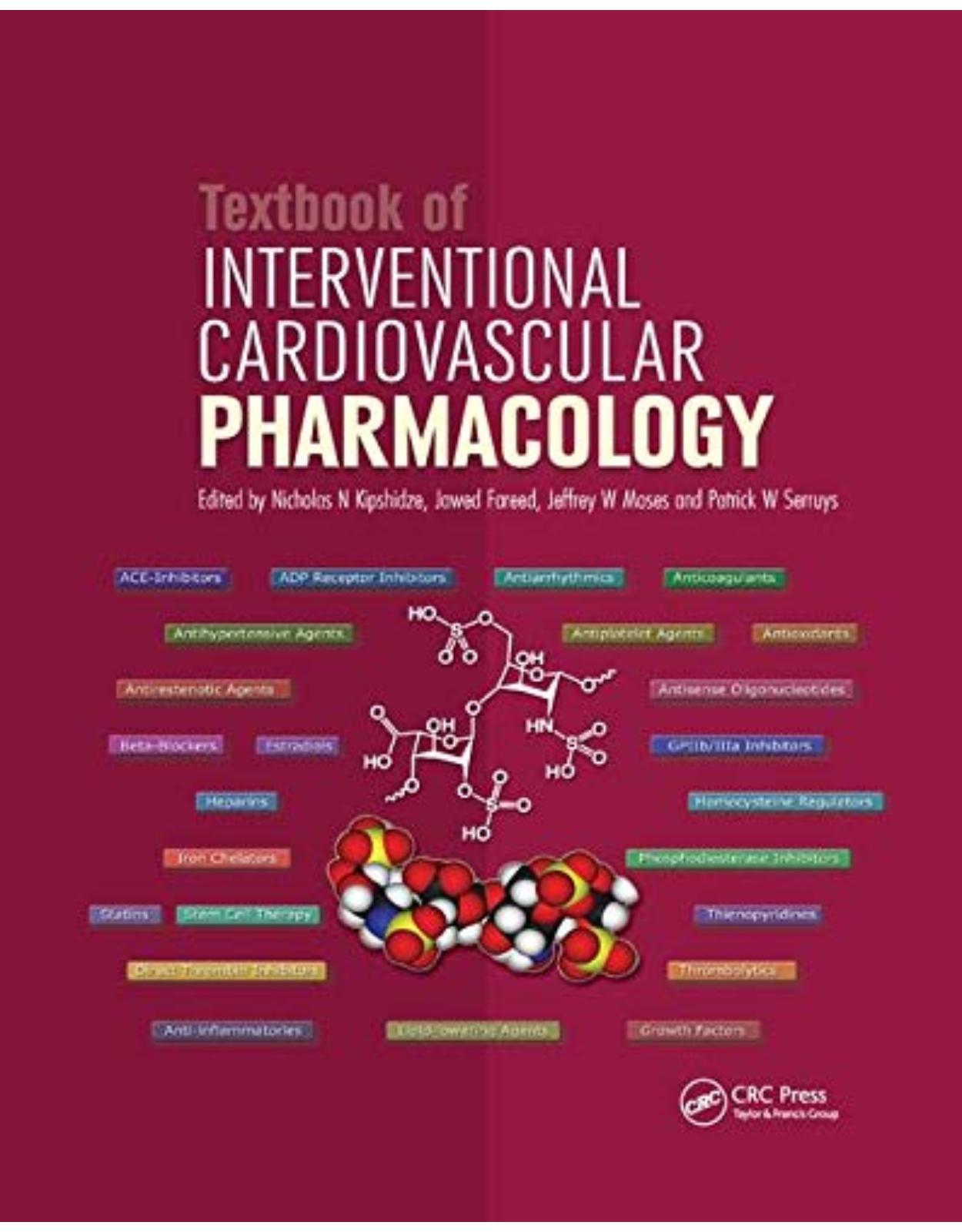
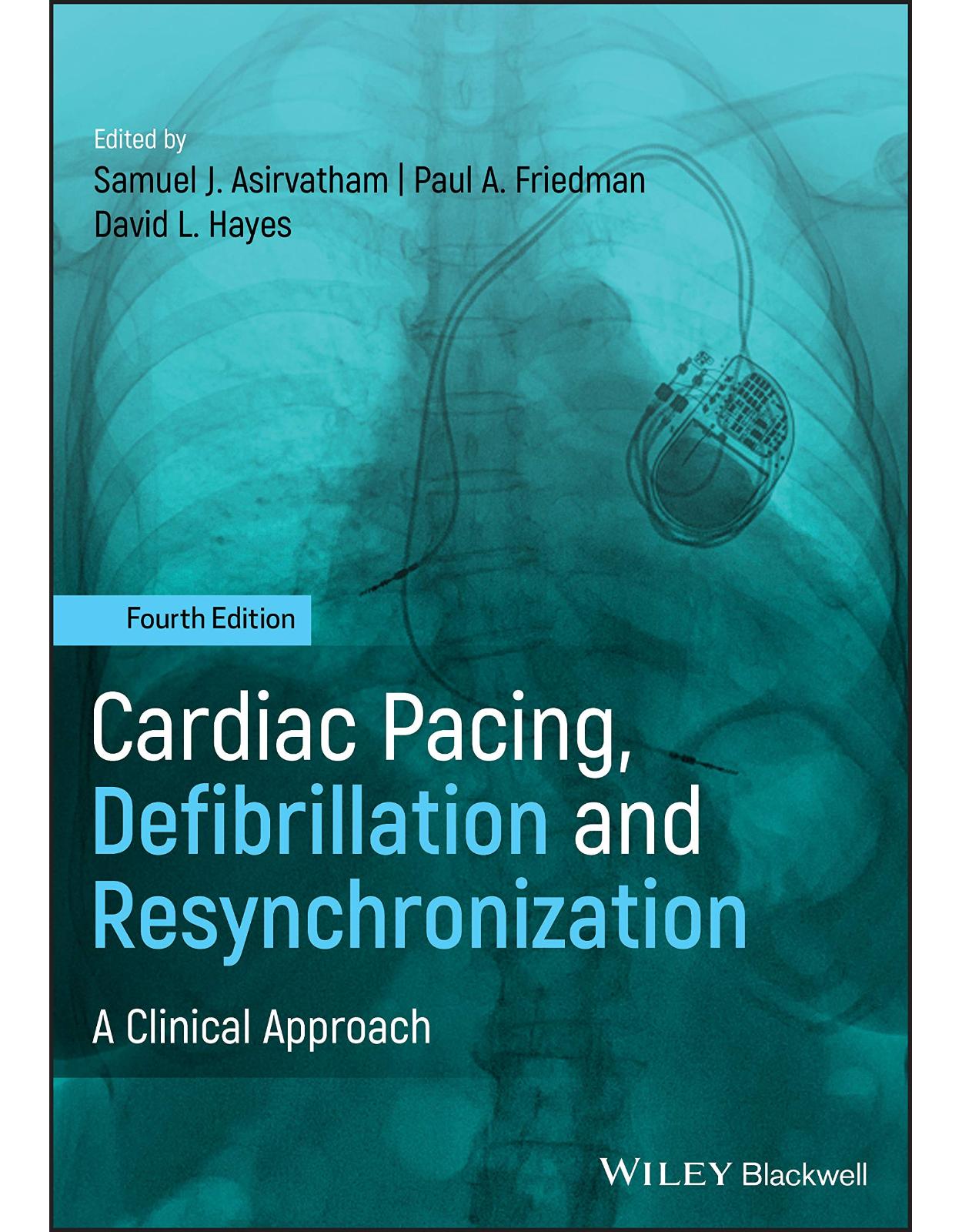
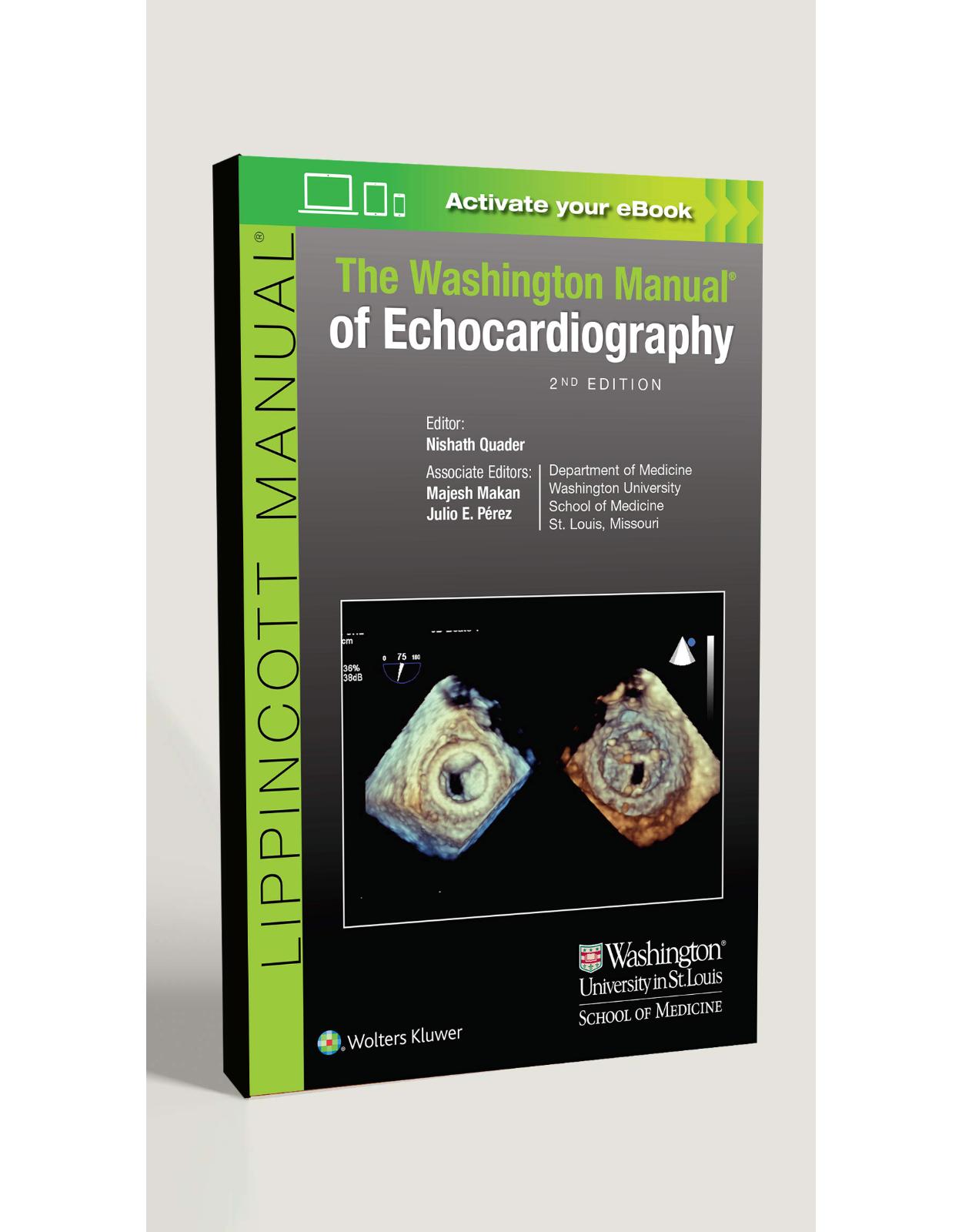
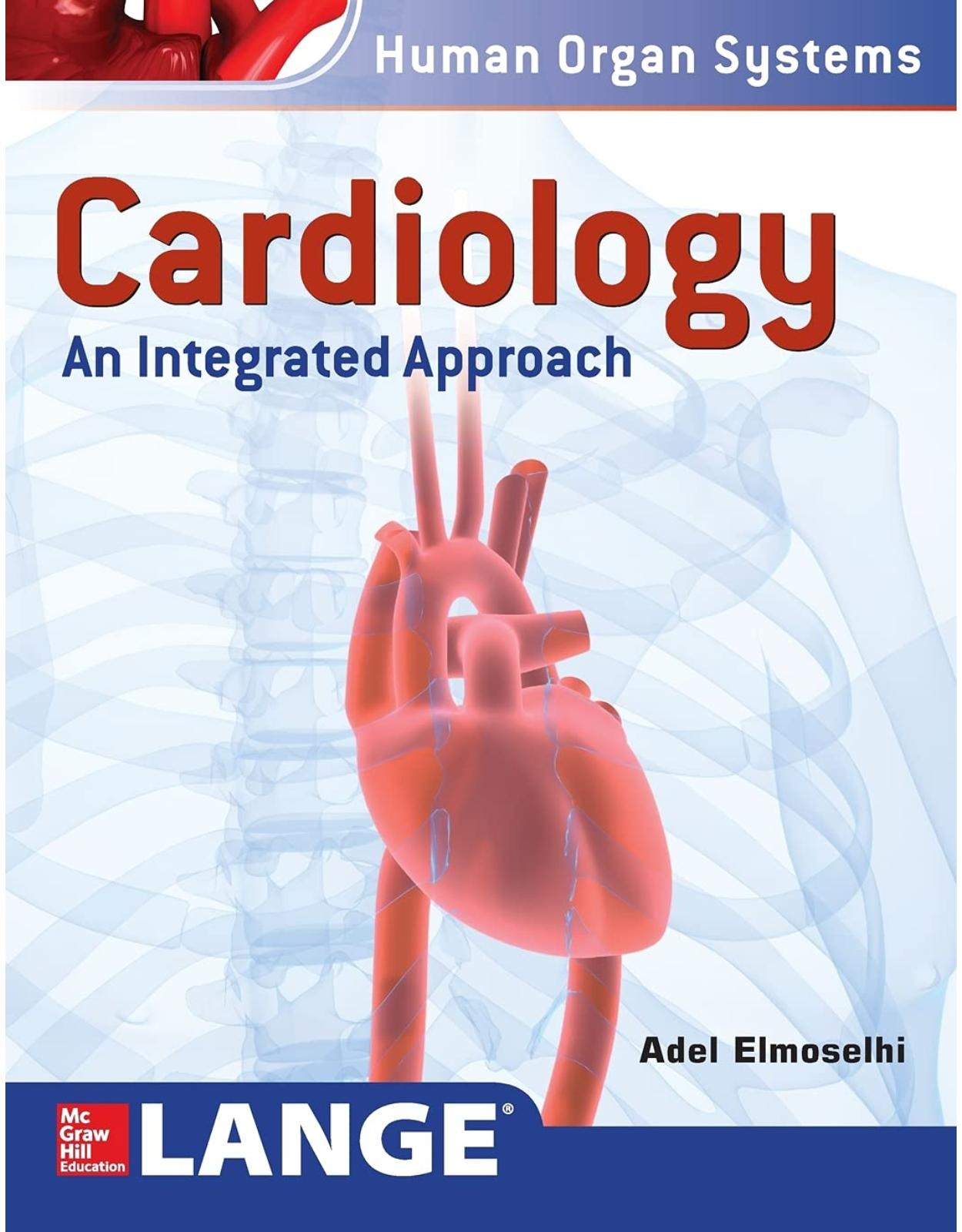
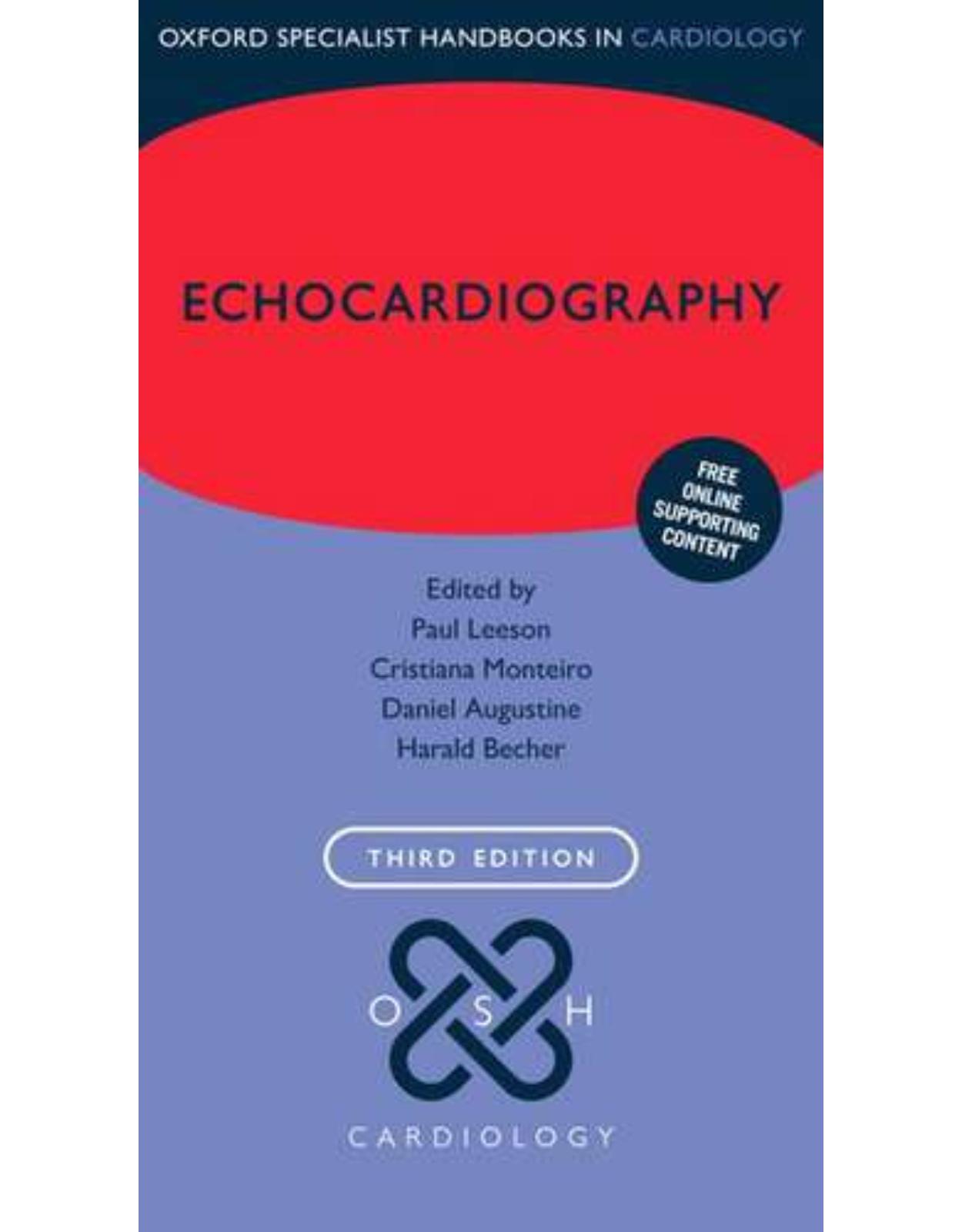
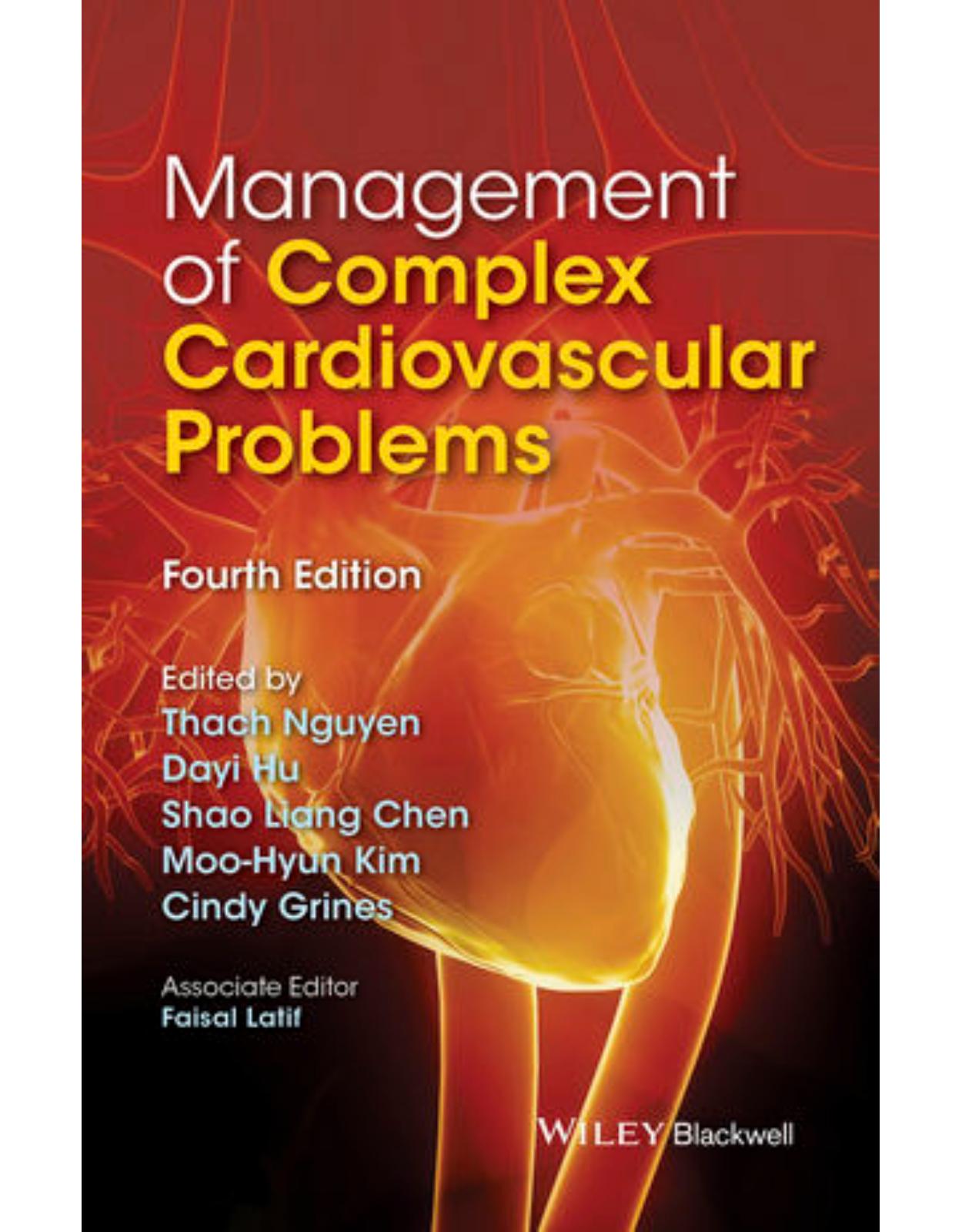
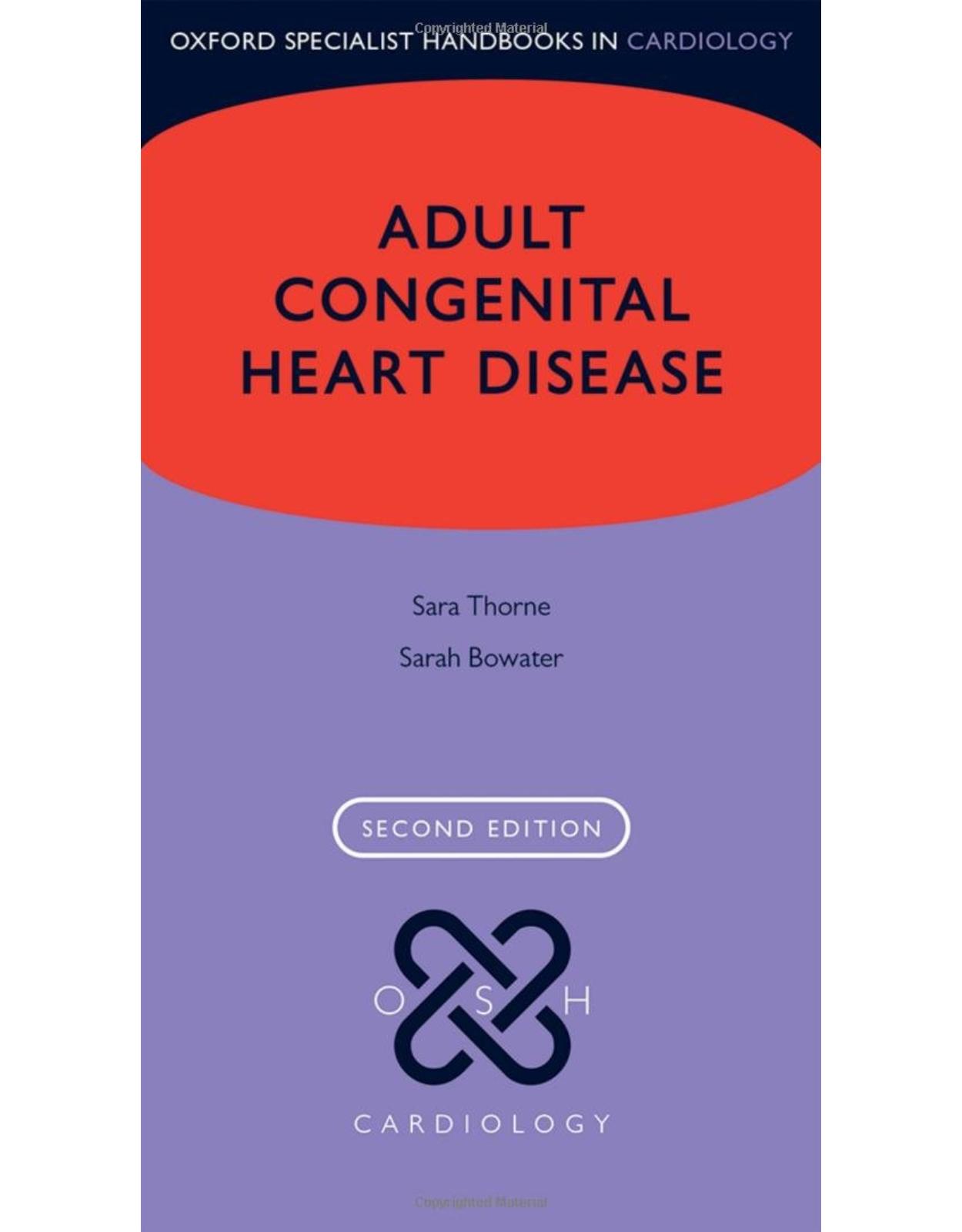
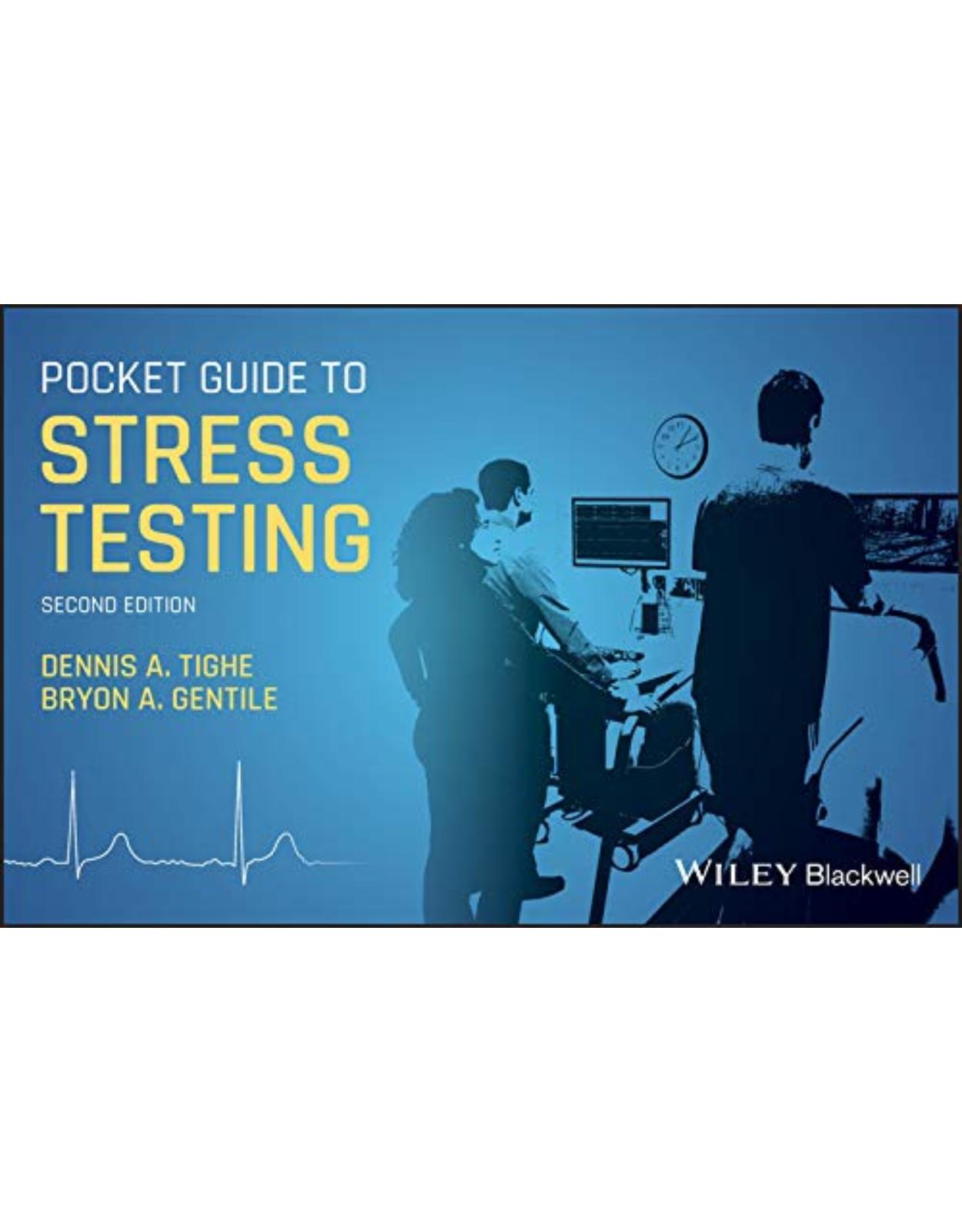
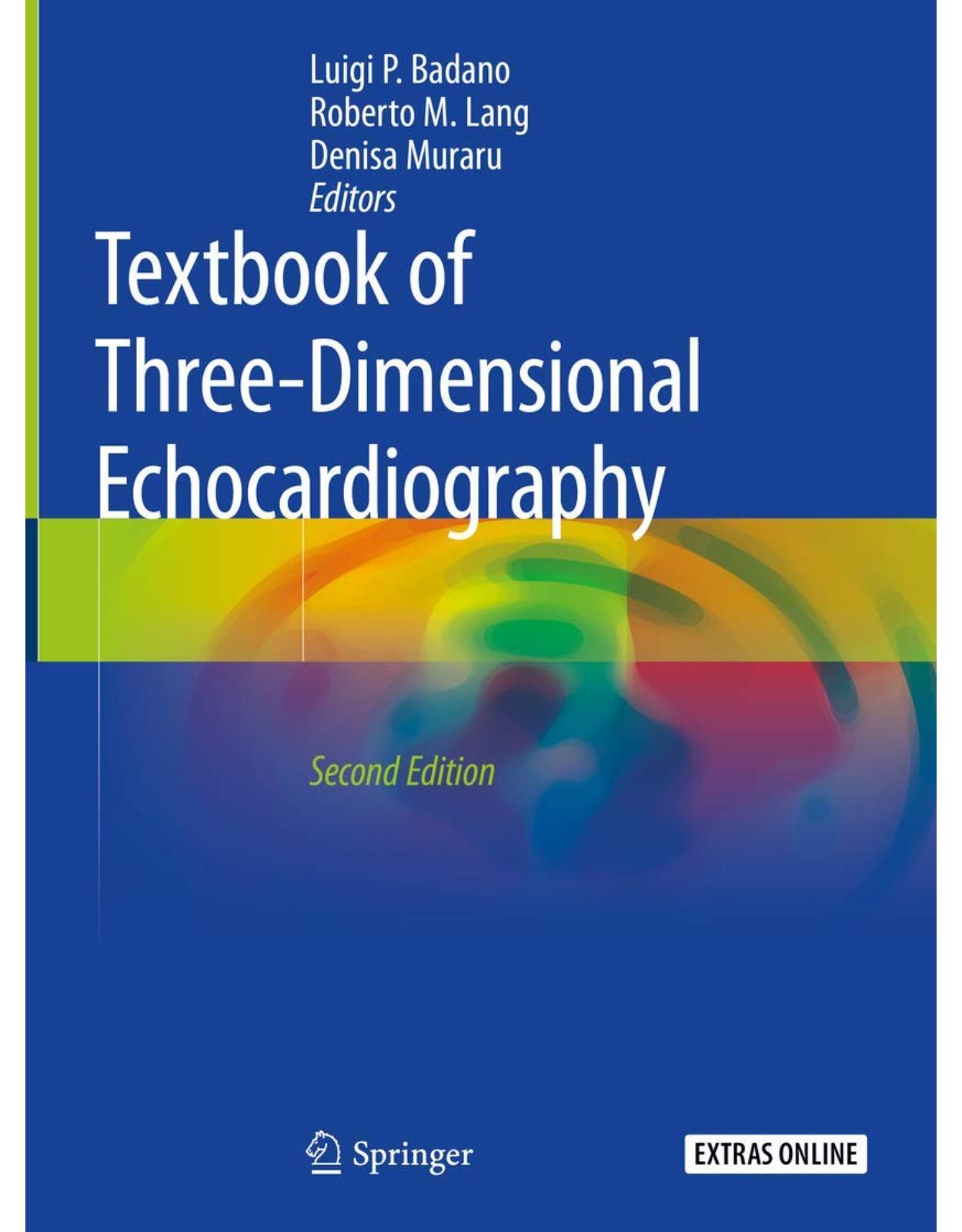
Clientii ebookshop.ro nu au adaugat inca opinii pentru acest produs. Fii primul care adauga o parere, folosind formularul de mai jos.
Ratingul general al produsului: